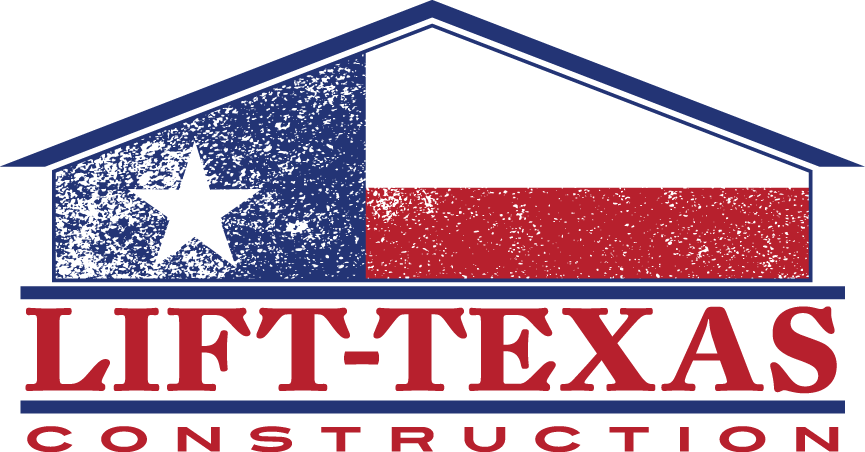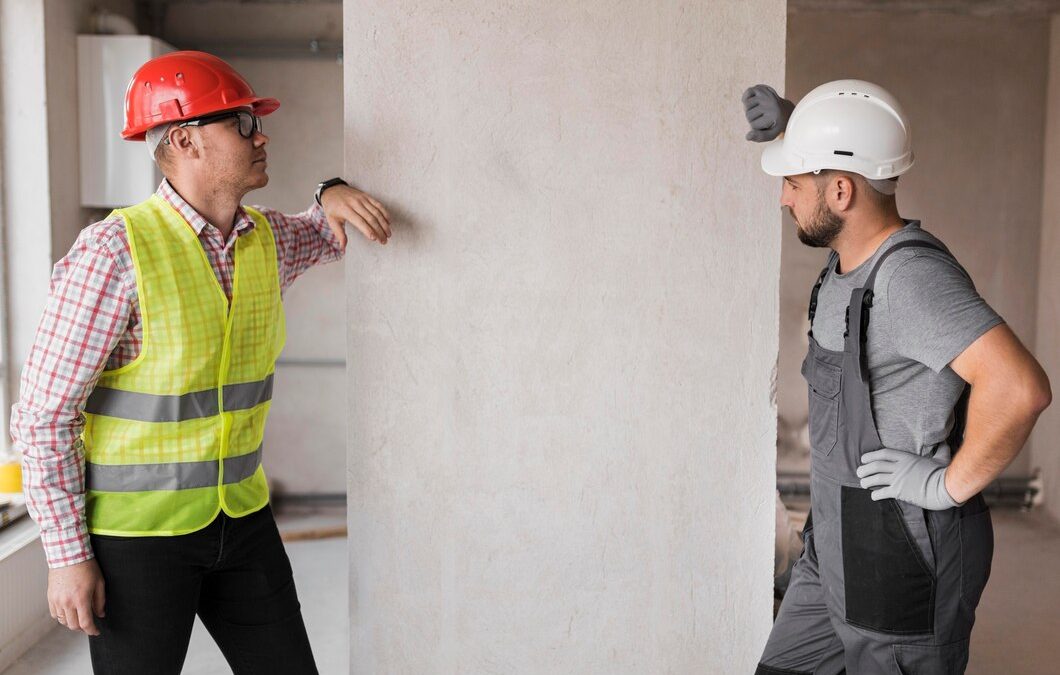Foundations are crucial to the stability and safety of homes, and they face unique challenges in Texas. The state’s diverse soil types and weather conditions can lead to various foundation problems. Understanding these issues is essential for homeowners to maintain the structural integrity of their homes. Ignoring foundation problems can result in severe damage and expensive repairs down the line.
One major factor that impacts foundations in Texas is the soil composition. Texas soils, particularly expansive clays, can cause significant foundation movement. These soils expand when wet and contract when dry, putting pressure on the foundation and leading to cracks and shifts. Another factor is the extreme weather variations, from heavy rains to droughts. These changes can affect the moisture levels in the soil, causing it to swell or shrink, affecting the foundation.
In this article, I will discuss the common foundation problems found in Texas homes. You’ll learn to recognize the signs of foundation issues and understand the specific challenges that Texas soils present. We will also cover effective solutions to address these problems, helping you protect your home and ensure its long-term stability. Let’s get started on identifying and solving common foundation issues in Texas homes.
Soil Composition and Its Impact on Foundations
Soil composition plays a significant role in the health of a home’s foundation. In Texas, the soils vary widely, but expansive clay is one of the most common types. This type of soil can cause a lot of problems for foundations.
Expansive clay soil swells when it absorbs moisture and shrinks when it dries out. This constant movement puts stress on the foundation, leading to cracks and shifts. Homes built on expansive clay are at higher risk for foundation issues, especially if the soil moisture levels change frequently.
Another common soil type in Texas is sandy soil. While sandy soil drains water more effectively than clay, it can also cause foundation issues. Sandy soil can erode over time, creating gaps that undermine the stability of the foundation.
The third type of soil found in some parts of Texas is loam soil. Loam is a mixture of sand, silt, and clay. It offers better drainage than clay and more stability than sand. However, loam can still cause problems if it contains too much organic material, which decomposes and changes the soil structure over time.
Understanding the type of soil your home is built on can help you take better care of your foundation. Knowing how different soils affect foundations can also guide you in choosing the right preventive measures and solutions for foundation problems.
Signs of Foundation Problems
Recognizing the early signs of foundation problems can save you from costly repairs and further damage. Here are some common indicators to watch out for:
- Cracks in Walls and Floors: One of the most visible signs of foundation issues is the appearance of cracks. Look for cracks in the interior walls, especially near doorways and windows. Also, check the floors for cracks that may indicate movement in the foundation.
- Doors and Windows Sticking: If you notice that doors and windows are difficult to open or close, this could be a sign of a shifting foundation. Misaligned frames and doors that stick are often early warning signs.
- Uneven Floors: Walk through your home and pay attention to any areas where the floors feel uneven. Sloping or sagging floors can indicate a foundation problem.
- Gaps Around Windows and Doors: Gaps between the wall and the window or door frames can be a sign that your foundation is shifting. These gaps can let in drafts and moisture, causing further issues.
- Bowing Walls: In some cases, walls might bow or tilt due to foundation pressure. This is a serious issue that requires immediate attention.
By keeping an eye on these signs, you can detect foundation problems early and take action before the situation worsens. Regularly inspecting your home for these indicators can help you maintain its structural integrity and avoid extensive damage.
Common Foundation Issues in Texas Homes
Texas homes face several foundation problems, mainly due to the state’s diverse soil types and weather conditions. Here are some of the most common issues:
- Settlement: Settlement occurs when the soil under the foundation can’t support the weight of the house. This results in parts of the foundation sinking. It’s often caused by the expansive clay soil absorbing moisture and then drying out, causing the soil to shrink.
- Heaving: This is the opposite of settlement, where the soil swells and pushes the foundation upwards. It’s prevalent in areas with heavy clay soils that swell when they get wet. Heaving can cause cracks in walls and floors.
- Cracking: Both vertical and horizontal cracks in the foundation are common in Texas homes. Vertical cracks are often due to settlement, while horizontal cracks usually indicate severe pressure from the soil outside.
- Poor Drainage: Inadequate drainage around the home can lead to water pooling around the foundation. This water can seep into the soil, causing it to expand and contract, which leads to foundation movement and damage.
- Erosion: Erosion occurs when water washes away the soil supporting the foundation. This can create voids under the foundation, leading to uneven settling and cracks.
Understanding these common issues can help you detect problems early and take the necessary steps to fix them before they escalate. Regular maintenance and inspections are key to keeping your foundation in good condition.
Solutions for Foundation Problems in Texas
Addressing foundation problems in Texas requires a targeted approach due to the unique challenges presented by the soil types and weather conditions. Here are some effective solutions:
- Soil Stabilization: For expansive clay soils, soil stabilization methods like injecting a chemical mixture into the ground can help reduce soil expansion and contraction. This creates a more stable base for the foundation.
- Proper Drainage Systems: Installing proper drainage systems such as French drains and gutters can direct water away from the foundation. This prevents water from pooling and seeping into the soil, reducing the risk of heaving and erosion.
- Piering and Underpinning: If your foundation is experiencing settlement or heaving, piering and underpinning can provide additional support. Steel piers are driven deep into the stable soil or bedrock, lifting and stabilizing the foundation.
- Crack Repair: Small cracks can be repaired using epoxy injections or polyurethane foam. This prevents water infiltration and further damage. For larger cracks, more extensive repairs may be needed to ensure the foundation’s stability.
- Regular Maintenance: Regularly inspecting your home and maintaining the area around your foundation can prevent many common issues. Keep an eye out for cracks, gaps, and signs of settling, and address them promptly.
Using these solutions can help mitigate the impact of Texas’s unique soil conditions on your home’s foundation. Taking preventive measures and addressing issues early on can save you from costly repairs in the future.
Conclusion
Foundation problems are a common challenge for homeowners in Texas due to the state’s unique soil composition and weather conditions. By understanding the impact of different soil types, recognizing signs of foundation issues, and knowing the common problems that can arise, you can better protect your home. Taking preventive measures and addressing foundation problems promptly is crucial for maintaining the stability and safety of your home.
If you’re dealing with foundation problems or need professional assistance, Lift-Texas Construction is here to help. We specialize in foundation repair and can provide expert solutions tailored to Texas homes. To seek help from professional foundation contractors, contact Lift-Texas Construction today to schedule an inspection and ensure your home’s foundation remains solid and secure.

